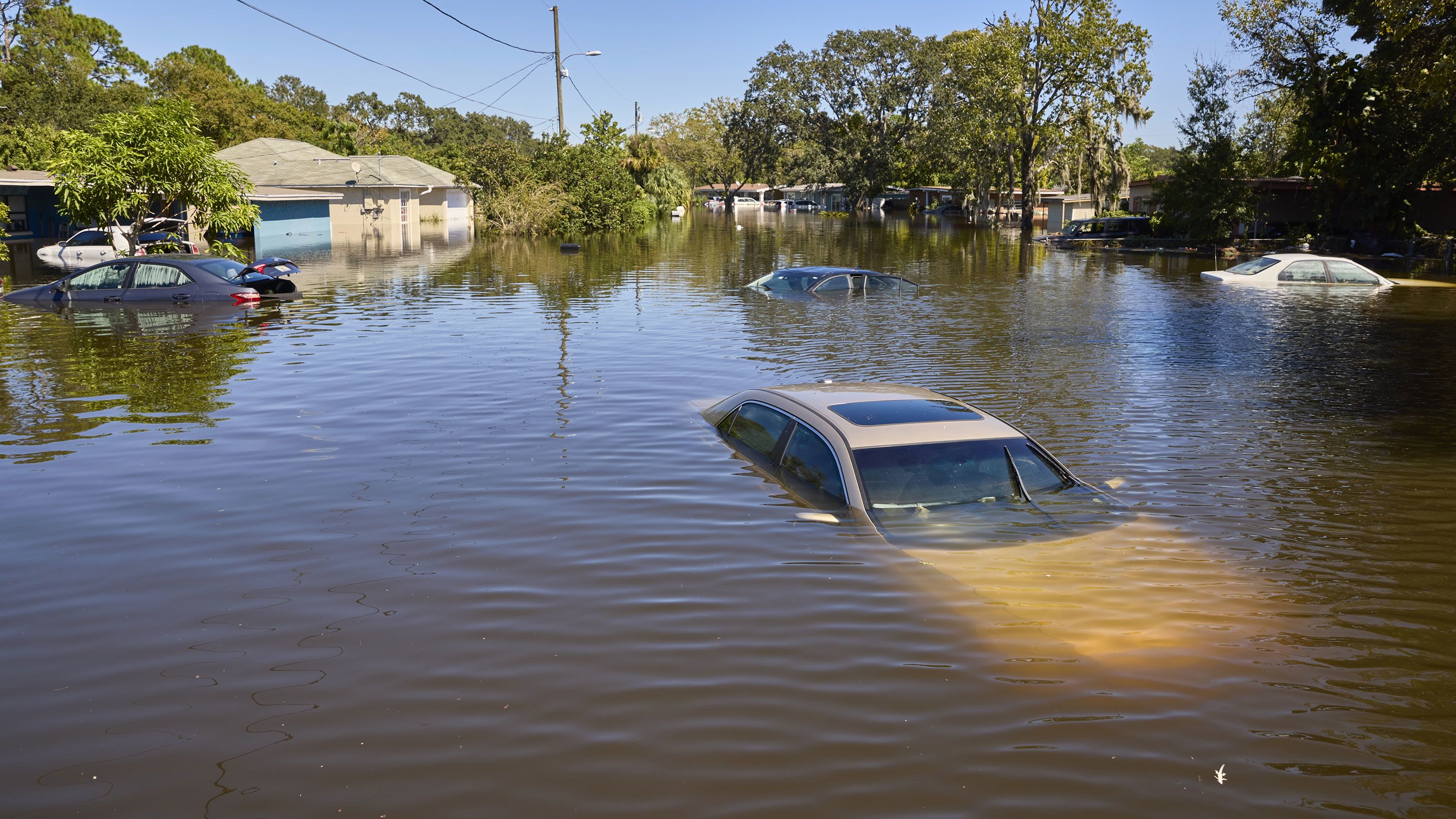Causes of Flooding in Florida
Florida flooding – Florida’s unique geography and climate make it particularly susceptible to flooding. The state’s low-lying coastal areas and numerous rivers and lakes contribute to its vulnerability to flooding from both hurricanes and tropical storms. Heavy rainfall, often associated with these storms, can also lead to widespread flooding.
As the waters of Florida’s relentless flooding surge, an unusual sight emerges: the appearance of floater fish. These resilient creatures, with their unique ability to breathe air, have become a poignant reminder of the tenacity of life amid the devastation.
Their presence amidst the swirling waters serves as a beacon of hope, a testament to the indomitable spirit that persists even in the face of adversity.
Hurricanes and Tropical Storms, Florida flooding
Hurricanes and tropical storms are major contributors to flooding in Florida. These storms bring high winds, heavy rainfall, and storm surges that can cause significant flooding. Storm surges, which are walls of water pushed ashore by the storm’s winds, can inundate coastal areas, causing widespread damage and flooding.
The incessant rainfall in Florida has caused widespread flooding, leaving many homes and businesses submerged. Amidst the devastation, an unusual sight has emerged: floater fish , normally found in deep ocean waters, have been spotted swimming in the flooded streets.
Their presence serves as a poignant reminder of the extent of the flooding and the disruption it has caused to the natural order.
Heavy Rainfall
Heavy rainfall, even in the absence of hurricanes or tropical storms, can lead to flooding in Florida. The state’s flat terrain and high water table make it particularly susceptible to flooding from heavy rains. In addition, Florida’s numerous rivers and lakes can overflow their banks during periods of heavy rainfall, further exacerbating flooding.
As the waters recede in Florida, revealing the devastation left behind by the relentless flooding, we are reminded of the sole meaning of our existence: to persevere through adversity. Just as the people of Florida will rebuild their lives, brick by brick, so too must we all find strength in the face of life’s challenges.
Historical Flooding Events
Florida has a long history of flooding, with some of the most notable events including:
- The Great Okeechobee Hurricane of 1928, which killed over 2,500 people and caused widespread flooding in South Florida.
- Hurricane Donna in 1960, which caused extensive flooding in Central and South Florida.
- Hurricane Wilma in 2005, which caused significant flooding in South Florida, particularly in Broward and Miami-Dade counties.
Impact of Flooding on Florida’s Environment and Infrastructure: Florida Flooding

Flooding poses significant threats to Florida’s delicate ecosystems and critical infrastructure. Its destructive force can cause widespread damage, disrupt livelihoods, and strain the state’s resources.
Impact on Ecosystems
Flooding can devastate Florida’s diverse ecosystems, including wetlands, wildlife habitats, and coastal environments. Wetlands, which serve as natural water filtration systems and support a rich biodiversity, are particularly vulnerable to flooding. Inundation can disrupt the delicate balance of these ecosystems, leading to habitat loss, species displacement, and water quality degradation.
Wildlife also suffers the consequences of flooding. Nesting grounds and breeding areas can be destroyed, and animals may be forced to relocate or face starvation. Coastal habitats, such as mangroves and seagrass beds, are vital for marine life and provide protection against storm surges. However, flooding can damage or destroy these habitats, reducing their ability to support marine ecosystems and protect coastal communities.
Impact on Infrastructure
Flooding can severely impact Florida’s infrastructure, including roads, bridges, and buildings. Roads may become impassable, disrupting transportation and commerce. Bridges can be weakened or destroyed, cutting off access to essential services and communities. Buildings can suffer structural damage, leading to costly repairs or even demolition.
The economic and social costs of flooding in Florida are substantial. Businesses may be forced to close or relocate, resulting in job losses and economic decline. Homes and property can be damaged or destroyed, displacing residents and straining local resources. The long-term recovery from flooding can be both financially and emotionally taxing on communities.
Mitigation and Adaptation Strategies for Florida Flooding

Florida has implemented various measures to mitigate and adapt to the impacts of flooding. These include structural and non-structural approaches.
Flood Control Systems
Flood control systems play a crucial role in managing floodwaters. Levees, pumps, and drainage canals are widely used in Florida. Levees are embankments constructed to prevent or reduce flooding by containing water within riverbanks or coastal areas. Pumps are used to remove excess water from low-lying areas, while drainage canals facilitate the flow of water away from flood-prone zones.
Innovative Approaches
In addition to traditional flood control measures, Florida is exploring innovative approaches to flood management. Green infrastructure, such as rain gardens, bioswales, and permeable pavements, helps absorb and retain stormwater, reducing runoff and flooding. Land-use planning regulations can also be used to limit development in flood-prone areas and promote sustainable land use practices that minimize the risk of flooding.
Florida’s recent flooding has caused widespread devastation, displacing thousands of residents and wildlife alike. Among the affected creatures are perch fish , a resilient species known for its ability to survive in low-oxygen conditions. While the flooding has undoubtedly taken its toll on these fish, their hardiness gives hope that they will eventually recover and repopulate the state’s waterways.
In the depths of Florida’s watery woes, amidst submerged streets and rising tides, a glimmer of hope emerges from the realm of basketball. Just as a floater basketball softly glides over the rim, evading the defender’s grasp ( floater basketball meaning ), so too must Florida find a way to navigate the turbulent waters that threaten to engulf it.
As the relentless rain continues to pound, the resilience of the Sunshine State will be tested, but like a skilled basketball player, it must adapt and overcome the obstacles that lie ahead.